Last July we all rejoiced: Padua “urbs picta” has become part of the UNESCO World Heritage List.
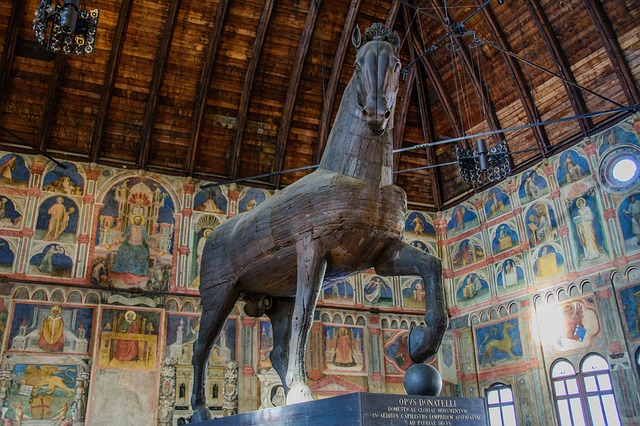 Already in 1997 its magnificent Botanical Garden was admitted to the UNESCO title as a model of an exceptional cultural tradition and an exchange of notable influences in the field of botanical medical sciences.
Already in 1997 its magnificent Botanical Garden was admitted to the UNESCO title as a model of an exceptional cultural tradition and an exchange of notable influences in the field of botanical medical sciences.
“The Botanical Garden of Padua is at the origin of all the botanical gardens in the world and represents the cradle of science, scientific exchanges and the understanding of the relationships between nature and culture. He has largely contributed to the progress of numerous modern scientific disciplines, in particular botany, medicine, chemistry, ecology and pharmacy “.
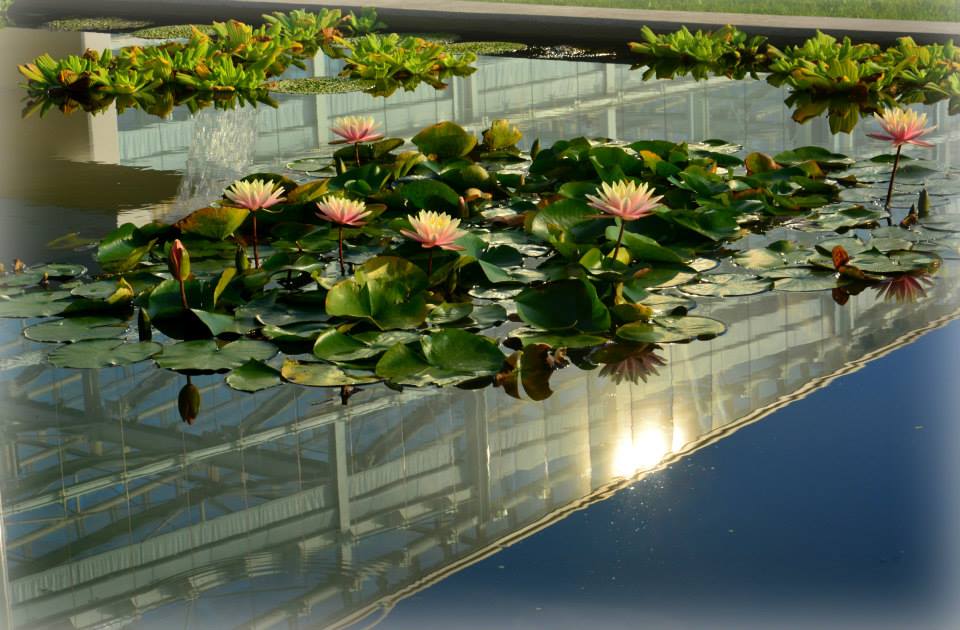
So today Padua is the only Italian city and one of the few cities in the world that can boast two Unesco sites. After 24 years, in fact, the 3,694 square meters of medieval frescoes have been recognized as an extraordinary heritage, of exceptional historical and artistic value.
In 1300 Giotto brought a real stylistic and cultural revolution to the city, later becoming a model followed by many other artists: Altichiero da Zevio, Guariento, Giusto Da Menabuoi, Jacopo Avanzi decorated the interiors of the most beautiful Paduan buildings, creating a multicolored world of enormous value, an evidence that has arrived almost intact in 2021.
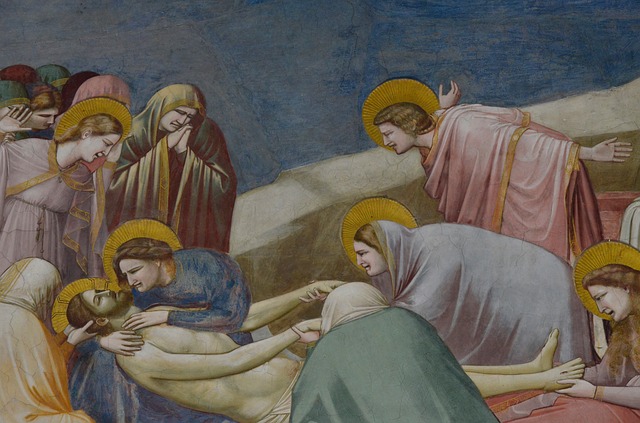
According to UNESCO,
“the Paduan fresco cycles illustrate the important exchange of ideas that existed between the protagonists of the world of science, literature and the visual arts in the prehumanist climate of Padua at the beginning of the fourteenth century. The artists showed great skill in giving visual form to these ideas and their technical skills allowed the Paduan fresco cycles not only to become a model for others, but also to prove themselves remarkably resistant to the passage of time. The group of artists in search of innovation, gathered in Padua, at the same time fostered an exchange of ideas and know-how that led to a new style in the fresco. This new style not only influenced Padua throughout the fourteenth century, but formed the inspirational basis for centuries of fresco work in the Italian Renaissance and beyond. With this real rebirth of an ancient painting technique, Padua has provided a new way of seeing and representing the world, heralding the advent of the Renaissance perspective. These innovations mark a new era in the history of art, producing an irreversible change of direction“.
WHAT UNESCO IS AND WHAT IT DOES
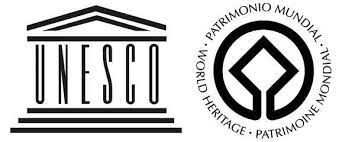
United Nations Educational, Scientific and Cultural Organization: this is what the acronym UNESCO means. It was created in 1945, at the end of the Second World War at the behest of a group of Ministers from the allied countries, well aware of the cultural tragedy that had originated from the havoc and from the destruction of war.
Among the objectives of UNESCO is the protection of a list of culturally important sites or from a naturalistic point of view, whose conservation and safety are considered fundamental for the world community.
Currently there are 1154 assets protected by UNESCO, in 167 countries (of which 58 are in Italy: we are in the country that holds most of them!).
Anyone who nominates a site to be part of the list of assets protected by UNESCO must be able to guarantee their safeguarding and protection, and indirectly ensure a commitment to peace and development in the protected areas.
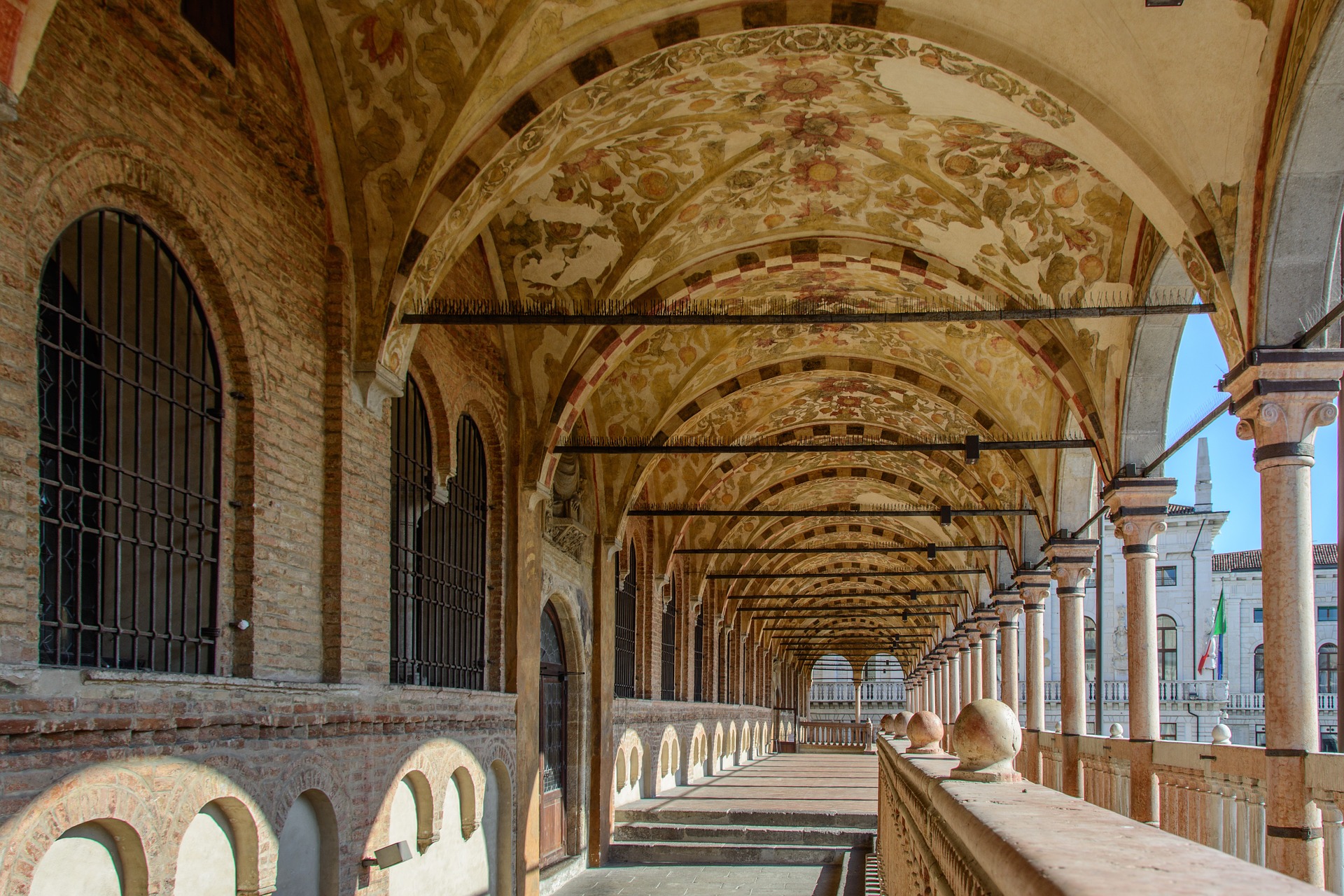
So here is the list of what in Padua became part of the UNESCO list:
the Scrovegni Chapel
the Palazzo della Ragione
St. Anthony’s Basilica
the Cathedral Baptistery
the Eremitani Church
the Chapel of the Reggia Carrarese
the Oratory of San Giorgio
the Oratory of San Michele
Discover the most beautiful itineraries to visit the city of Padua and the other UNESCO cities of the Veneto: Venice, Vicenza and Verona.
(sources: www.unesco.it – www.padovaurbspicta – Wikipedia – https://ilbolive.unipd.it)
In the photos: the frescoed cycle in the Palazzo della Ragione in Padua, water lilies in the Botanical Garden of Padua, frescoes by Giotto in the Scrovegni Chapel, loggias in the Palazzo della Ragione in Padua.
– August 2021 –

